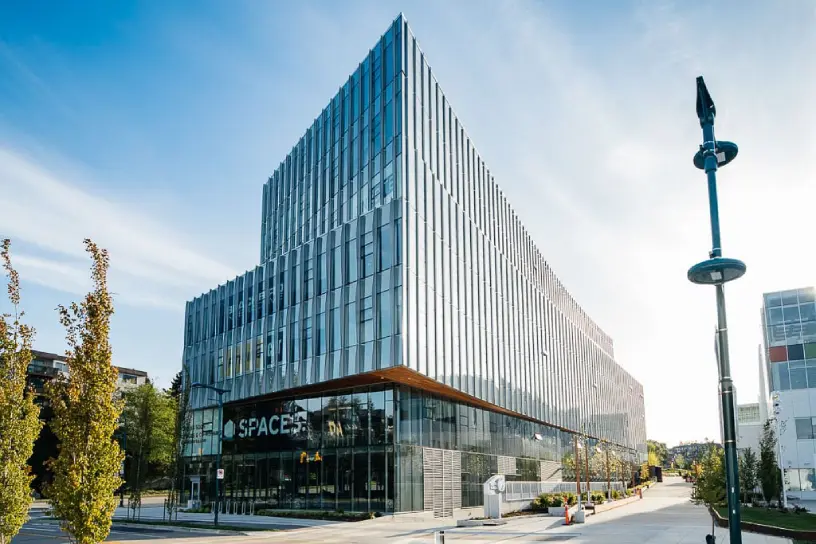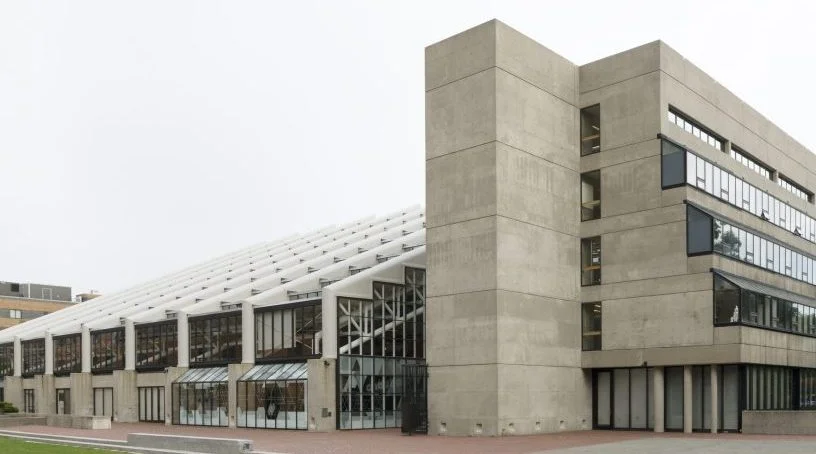Facade Engineering

RDH’s Facade Engineering services center on the design, detailing, and definition of the performance of cladding and glazing systems on new and existing buildings. We help architects, developers, owners, contractors, and manufacturers align facade design with code requirements, constructability constraints, and long-term durability goals.
Our team specializes in complex facade assemblies, including curtain wall, specialized and custom claddings, prefabricated, and modular walls, and structural glass systems. We understand how these components interact—and how they’re actually built. By combining field insight with advanced modeling and testing experience, we bring clarity to complex interface conditions, reduce installation risk and procurement costs, and support façade performance through every phase of the project. Whether detailing a bespoke curtain wall or troubleshooting water intrusion at the window-wall interface, we translate design vision into resilient, code-compliant strategies.
Services
Early design is the best time to conceptualize complex facade elements. By evaluating glazing and cladding options, constructability, and performance criteria upfront, we help teams align design intent with technical feasibility—reducing risk and setting projects up for smoother detailing, coordination, and execution.
Our support bridges the gap between drawings and execution because complex facade concepts require more than just design intent. We translate ideas into coordinated, code-compliant systems with a focus on constructability, thermal and moisture continuity, and installation sequencing.
Clear, accurate construction documents are essential for delivering complex facade systems. Our team contributes detailed specifications and procurement support that align design intent with performance requirements—reducing ambiguity, minimizing change orders, and helping teams evaluate bids with confidence.
Our hands-on understanding of cladding and glazing systems strengthens quality control and builds confidence in built performance. We support field teams during construction to verify installation quality, confirm performance, and identify issues before they escalate.
Applied analytics supports facade design and retrofit decisions through simulation, modeling, and code-driven evaluation. These services are especially valuable for high-performance, climate-responsive, and technically complex enclosures, helping teams optimize system behavior and meet evolving regulatory demands.












